|
You know I love recycling and reusing. And you know I looove recycling and reusing fabric. I roam through flea markets, garage sales, second hand and thrift stores and almost always find some pre-loved piece of fabric. And I always buy old fashioned flat sheets, they're most often made of really thick cotton, or a cotton/linen mix, which is absolutely perfect for all sorts of sewing projects. Especially dish cloths or napkins, but I also use them in quilts, key fobs, pouches and much more. I wrote a whole blog on fabric recycling in case you want to know more. Today I want to show you how to make the cutest dish towels with recycled cotton sheets and left over fabric scraps. Materials/fabrics needed for 2 dish towels: - 2 pieces of white fabric ( I use cotton table cloth or flat sheets for this, they're pre-washed so many times, that they work perfectly as dish cloths as they dry dishes very nicely) 20.5"x 27". - 40 pieces of 2.5"x 2.5" fabric squares. - 2 strips of fabric 2"x 5" for the hanging tab Sewing the dish towels: 1. Cut your fabrics as mentioned above. 2. Sew your fabric squares into 4 strips of 10 squares each ( two strips per towel) 3. Press your seam allowances. You can either seperate your seam allowances and press them each seperatly, or press the seam allowances in opposite directions before joining your fabric square strips. This is really easy and quick. (photo 1) You press one strip in one direction and the other in the opposite direction, this will help with nesting your seams and having accurate corners and matching points. The seams sort of fit together automatically ( photo 2). You end up with a perfectly flat fabric square panel. ( photo 3) 4. Fold over the long raw edges of your square panel 1/4" and press again then pin or clip in place. 5. Place this panel on one of your white fabric pieces at 7", mesured from the bottom raw edge of your kitchen towel and pin in place. 6. Stich this panel in place with a small seam allowance. I also added some diagonal seams. 7. Sewing the hanging tab for the tea towel: - Fold the 2"x 5" strip in half lengthwise and press. Fold in 1/2" seam allowance on each long raw edge and press again. - Stitch with small seam allowance. - Fold the tab in half and clip in place at the center of the back of your kitchen towel top edge. 8. Fold over the raw edges of your dish towel 3/8" twice and pin or clip in place. I did just simple corners on these tea towels, but if you want to get really fancy you could do mitered corners as well. 9. To finish stitch all the way around your kitchen towel. What do you think about these kitchen towels? Don't you agree they're ...... :-)? Now I cant wait to see all of your tea towel versions... use #dryinstyletowel on social media, so I can find your makes .... happy sewing. Ingrid xx
2 Comments
How to recycle pre-loved fabric? And most importantly, how to use pre-loved fabric? If you want to check out our updated fabric recycling article, visit our newly renovated blog! Of course we did not invent recycling. Recycling is as old as history of human kind. Our ancestors did it out of necessity. I remember my grandma and also my mum keeping leftover anything, and I am not just talking food. Maybe that's why I became a 'keeper of everything' as well. Recycling is finally a 'THING' again and an important one at that. And nothing combines importance, necessity and beauty quite like a quilt or a mosaic. Have I told you that I am collecting broken dishes and tiles as well, nicely sorted by color? But that's a story for another time. We're talking fabric today. Why recycle fabric? There a a few reasons why we should recycle fabric: 1. fabrics are pretty expensive: We all know, especially if you've been sewing for a while, sewing isn't a cheap hobby. A yard or meter of fabric can easily cost between 18-24 Euros. And depending on your project this can get really expensive. 2. for environmental reasons : The cost of the fabric isn't everything, let's talk environment. Fabric has to be produced, that means cotton fields, pesticides, lots of water etc. Then it has to be bleached and printed, packed and shippped worldwide. This is just the quick version , but you get the drift, if puts a strain on our environment. So even if we can reduce this by a little bit it makes a difference in the big picture. 3. memories / history: Some of the items , that we recycle remind us of people, places or experiences, and are so worth keeping. Your dads favorite shirt, your daughters first dress, your grandmas sheets, whatever it is, it can turn a sewing project into a very special gift or keepsake. And even if it's not a personal memory, it can be a 'feel' of time or history. and last but not least 4. the beauty of vintage prints This is my favorite, since some of those vintage fabrics, just have the nicest and coolest prints, weaves or textures. They will turn your sewing project into an awesome item. Where do you find 'pre-loved' fabric for quilting? There are numerous places to find beautiful used fabrics. But not all of them are useful for quilting or sewing projects. Look out for anything cotton or cotton blend. You will probably find wash care labels in clothes, but it's harder with fabric remnants or home decor fabrics. Cotton fabrics are usually stiff and can be crushed easily and the crease will stay in the fabric. Whereas man made fibers such as polyester, nylon and rayon etc. are smoother and creases will not stay as much in the fabric. You can always test the fabric with burning a little corner, if you're really not sure. Natural fibers will burn as opposed to man made fibers that will melt. Thrift stores: Here you can find anything from clothing to fabric remnants, pillowcases, table linnens, curtains/drapes and sheets. Fine cotton sheets are awesome for the backing of quilts. Coarser cotton sheets can be turned into bags, pouches dish towels and much more. Let your imagination run wild and try to experiment, you'll be surprised at what you will find. Flea markets : As with thrift stores, check out anything that catches your attention. A cute cotton dress with a flower print, a nice cotton mens dress shirt with an awesome stripe, some 70's table linnens with huge orange flowers.... the possibilities are endless. Garage sales: Same as the above, when you see items that catch your attention, check for stains, holes or tears. Depending on what you'll be using the fabric for you can still use one that has some imperfections. Sheet especially need to be checked in the middle they are often faded or thin in the center from longer use. It might not be a big deal , because you decide to cut it up anyways, but knowing what you get is always good. Now that you found a whole bunch of fabrics what's next? First of all I like to wash the fabrics. Most of your finds might be washed already, but I like to make sure I wash them again for two reasons, one, I want to be sure there are no bugs, dust, smell etc. and two, I want to make sure none of the fabrics bleed after I've sewn them up. For pre-loved clothing I cut the items up into usable fabric pieces. This means I will cut off collars, cuffs, buttons etc. and fold the usable parts as I would fold my fat quartes. For sheets etc. I will cut stained or teared parts and fold the rest as well. Then, being a color freak I like to sort the fabric by color so I can easily find them when I want to use these treasures for new sewing projects. Here are a few projects I made with pre-loved fabric: Quilts I made with recycled fabric: These are just a few of the quilts I made with recycled or pre-loved fabrics.
All the white fabrics are pre-loved sheets, the blue quilt is almost entirely made with mens dress shirt fabrics and sheets, I just added a few quilting cottons to give it a more modern look. What do you think you guys? Wanna go fabric thrifting? |
Author
Ingrid Alteneder Archive
March 2022
Categories
All
|
-
Shop
- New patterns
- All Patterns
- Appliqué Patterns
- Animals
- Baby
- Ballet
- Bear Cottage
- Beach/ Boats/ Nautical
- Buddha/ Mindfulness
- Chinese New Year
- Christmas
- Easter and Spring
- Fairytale
- Fall/ Autumn
- Flowers, Trees and Plants
- Food/ Drinks
- Halloween
- Oktoberfest
- Quilted items
- Stars
- Viva la Frida/ Dia de los Muertos
- Valentine's Day
- Village Patterns
- Mixed pattern
- Home
- About
- Blog
- Publications
- Etsy
- News
- Deutsch
-
Shop
- New patterns
- All Patterns
- Appliqué Patterns
- Animals
- Baby
- Ballet
- Bear Cottage
- Beach/ Boats/ Nautical
- Buddha/ Mindfulness
- Chinese New Year
- Christmas
- Easter and Spring
- Fairytale
- Fall/ Autumn
- Flowers, Trees and Plants
- Food/ Drinks
- Halloween
- Oktoberfest
- Quilted items
- Stars
- Viva la Frida/ Dia de los Muertos
- Valentine's Day
- Village Patterns
- Mixed pattern
- Home
- About
- Blog
- Publications
- Etsy
- News
- Deutsch
|
Visit us at
|


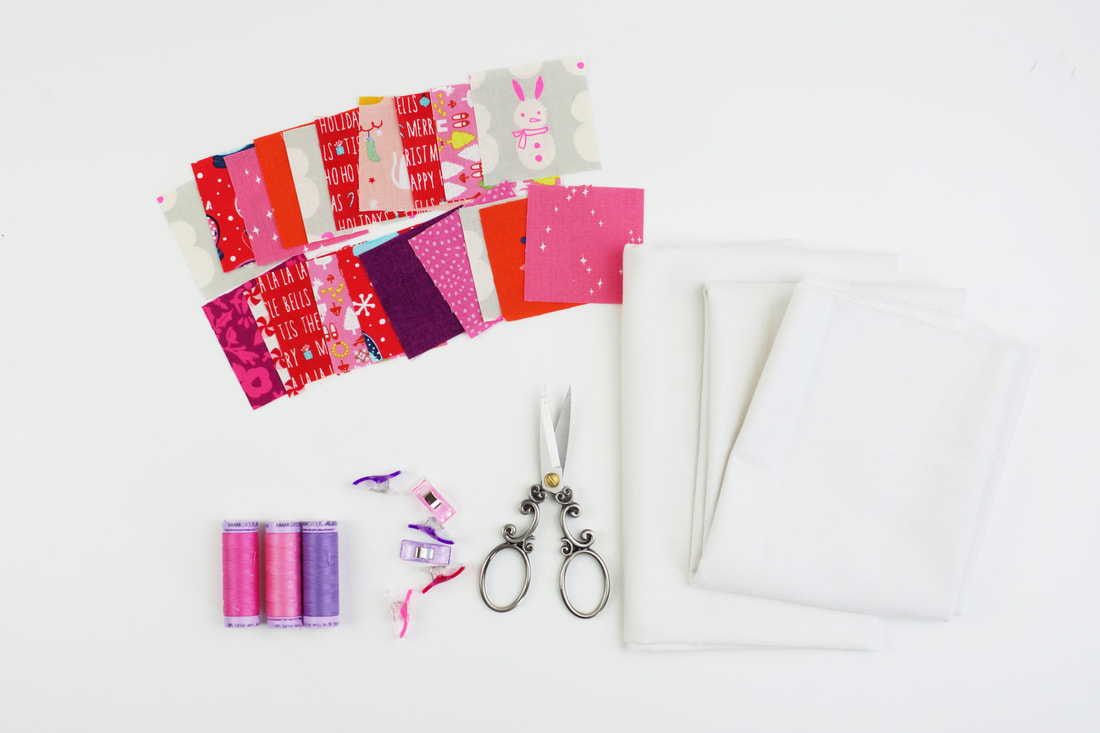


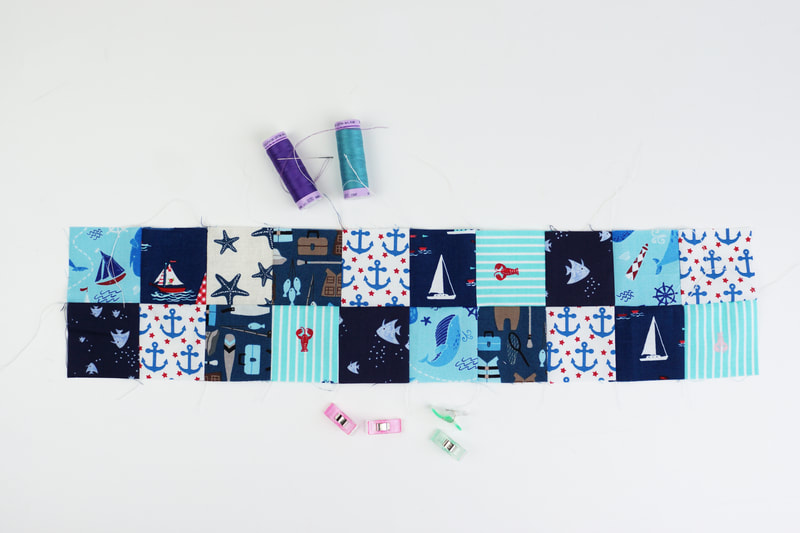












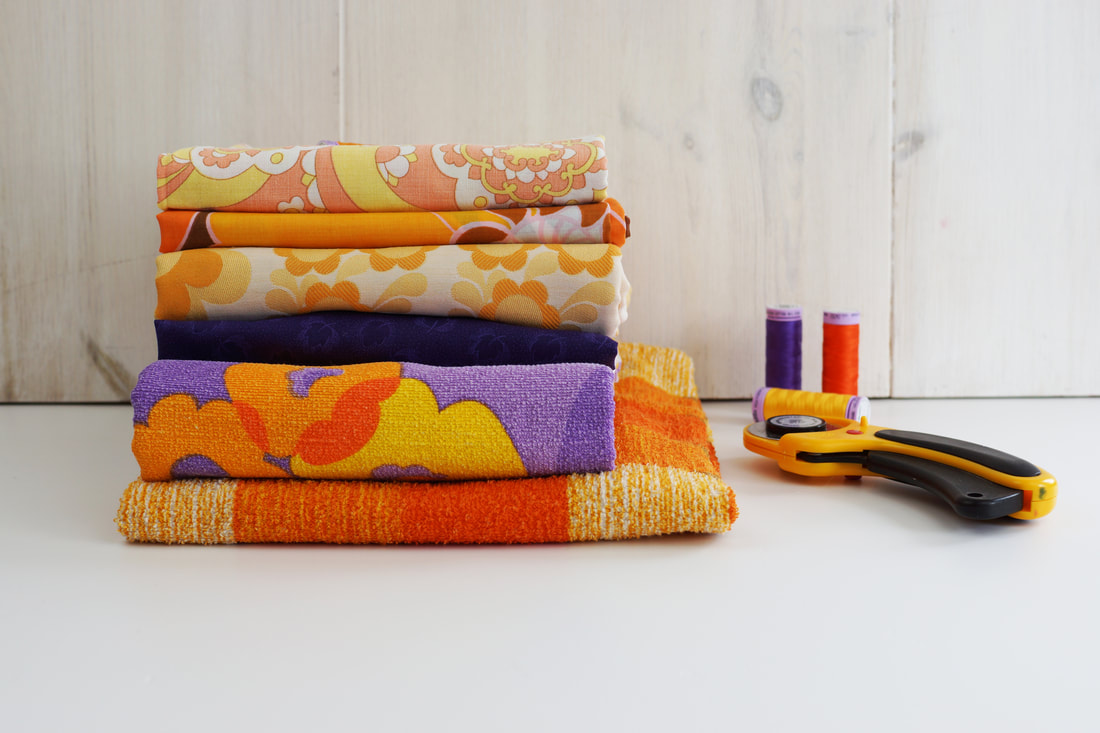
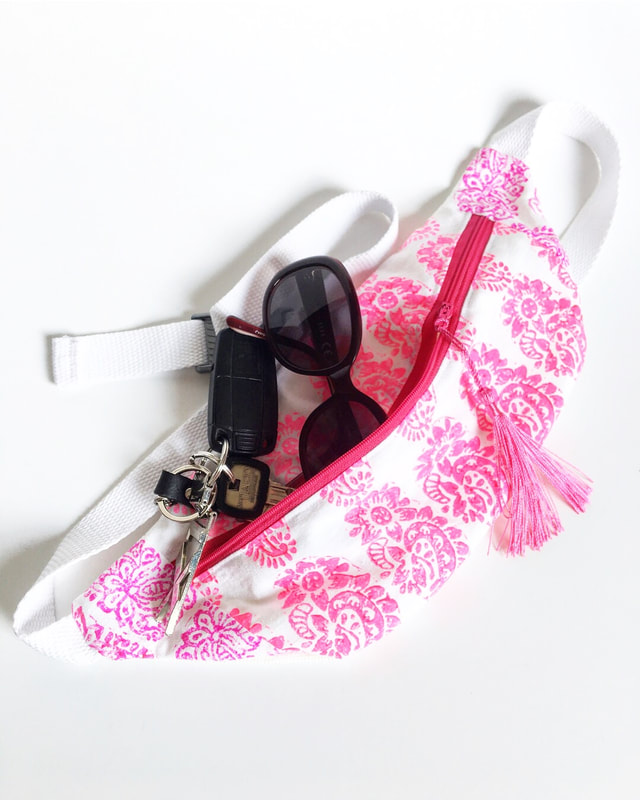





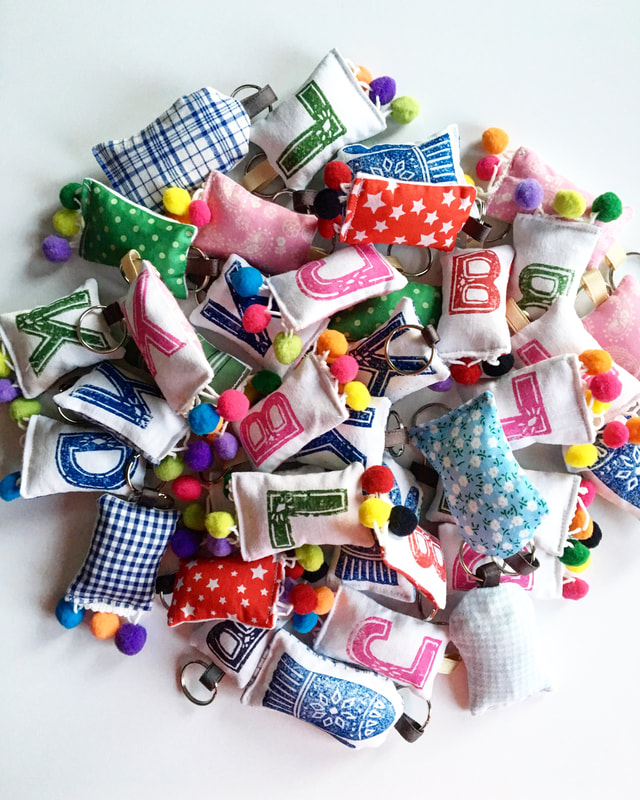





 RSS Feed
RSS Feed
